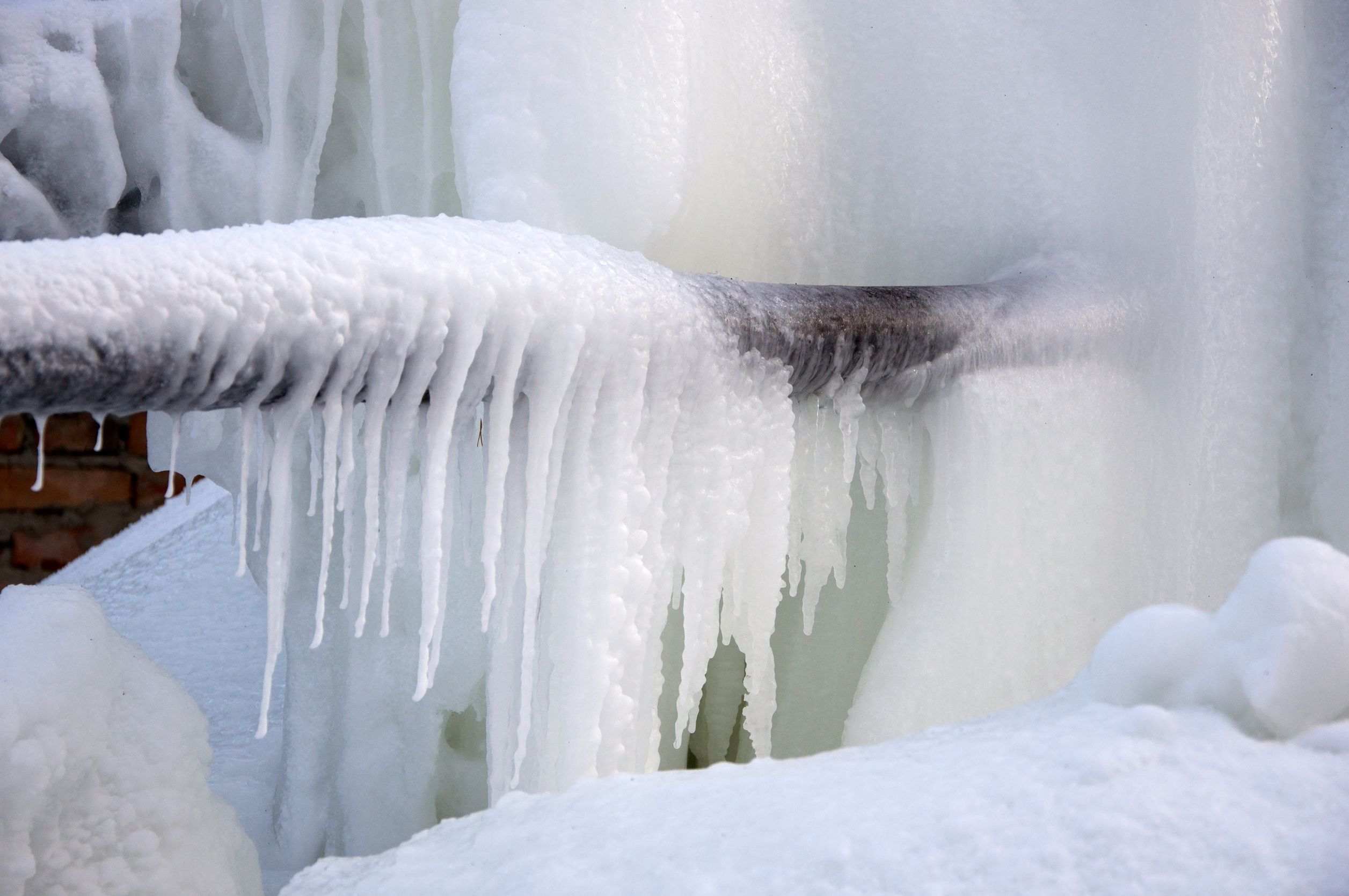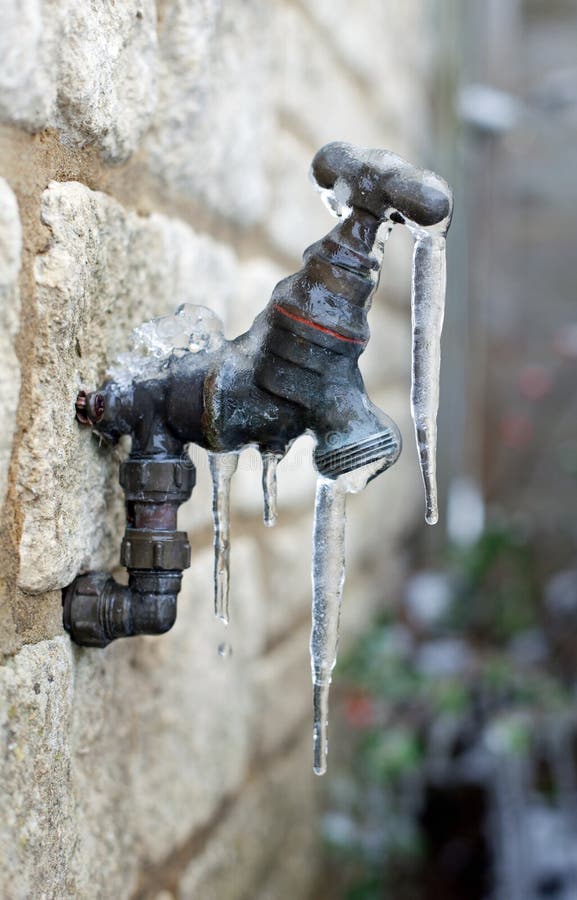Do you find yourself in search of related information concerning How to Prevent Your Pipes From Freezing?

Winter can ruin your pipes, especially by freezing pipes. Here's just how to stop it from occurring and what to do if it does.
Introduction
As temperature levels decline, the threat of frozen pipelines boosts, potentially leading to pricey repair work and water damages. Comprehending how to avoid frozen pipelines is essential for home owners in chilly environments.
Prevention Tips
Shielding vulnerable pipes
Cover pipes in insulation sleeves or utilize heat tape to safeguard them from freezing temperatures. Focus on pipes in unheated or outside areas of the home.
Heating techniques
Keep interior spaces properly heated, especially locations with pipes. Open up cupboard doors to allow warm air to flow around pipelines under sinks.
Exactly how to identify icy pipelines
Try to find reduced water flow from faucets, unusual smells or noises from pipes, and noticeable frost on exposed pipelines.
Long-Term Solutions
Structural modifications
Consider rerouting pipes far from exterior wall surfaces or unheated locations. Add additional insulation to attic rooms, cellars, and crawl spaces.
Updating insulation
Purchase top notch insulation for pipelines, attics, and walls. Correct insulation assists maintain regular temperature levels and decreases the threat of frozen pipelines.
Safeguarding Outdoor Pipes
Garden pipes and outdoor faucets
Separate and drain yard hoses prior to winter. Set up frost-proof faucets or cover outdoor faucets with shielded caps.
Understanding Frozen Pipelines
What creates pipelines to ice up?
Pipelines ice up when revealed to temperature levels listed below 32 ° F (0 ° C) for expanded durations. As water inside the pipelines ices up, it broadens, putting pressure on the pipe walls and potentially causing them to break.
Risks and damages
Icy pipelines can result in water disturbances, residential property damage, and pricey repair work. Ruptured pipes can flooding homes and cause substantial structural damage.
Indicators of Frozen Pipes
Determining icy pipes early can prevent them from breaking.
What to Do If Your Pipes Freeze
Immediate actions to take
If you presume icy pipelines, keep faucets open to alleviate stress as the ice melts. Use a hairdryer or towels taken in hot water to thaw pipelines gradually.
Final thought
Avoiding icy pipes needs aggressive procedures and quick responses. By recognizing the reasons, indicators, and safety nets, house owners can secure their plumbing during winter.
5 Ways to Prevent Frozen Pipes
Drain Outdoor Faucets and Disconnect Hoses
First, close the shut-off valve that controls the flow of water in the pipe to your outdoor faucet. Then, head outside to disconnect and drain your hose and open the outdoor faucet to allow the water to completely drain out of the line. Turn off the faucet when done. Finally, head back to the shut-off valve and drain the remaining water inside the pipe into a bucket or container. Additionally, if you have a home irrigation system, you should consider hiring an expert to clear the system of water each year.
Insulate Pipes
One of the best and most cost-effective methods for preventing frozen water pipes is to wrap your pipes with insulation. This is especially important for areas in your home that aren’t exposed to heat, such as an attic. We suggest using foam sleeves, which can typically be found at your local hardware store.
Keep Heat Running at 65
Your pipes are located inside your walls, and the temperature there is much colder than the rest of the house. To prevent your pipes from freezing, The Insurance Information Institute suggests that you keep your home heated to at least 65 degrees, even when traveling. You may want to invest in smart devices that can keep an eye on the temperature in your home while you’re away.
Leave Water Dripping
Moving water — even a small trickle — can prevent ice from forming inside your pipes. When freezing temps are imminent, start a drip of water from all faucets that serve exposed pipes. Leaving a few faucets running will also help relieve pressure inside the pipes and help prevent a rupture if the water inside freezes.
Open Cupboard Doors
Warm your kitchen and bathroom pipes by opening cupboards and vanities. You should also leave your interior doors ajar to help warm air circulate evenly throughout your home.

I'm certainly very intrigued by How to prepare your home plumbing for winter weather and I really hope you enjoyed the post. Be sure to take the time to distribute this entry if you liked it. Thank-you for taking the time to read it.
Need Help? Hire Us Now!